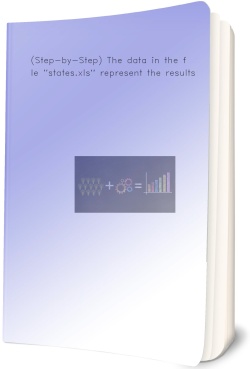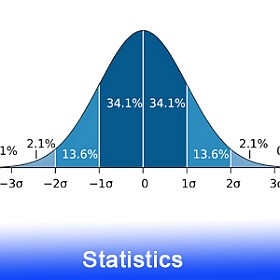1-2 You have several options for paying for college - to simplify things, let’s say your tuition in total
Problem 1-2
You have several options for paying for college – to simplify things, let’s say your tuition in total costs $12000. Tuition is currently roughly $1000/quarter).
For each option find
- Your monthly payment for each loan
- The total cost to you (principal and interest) of each option.
Note: The interest rates given are APRs. You do not need to show your calculations – you can use an online calculator if you wish. You can go to www.bankrate.com , click on calculators, then on mortgage or loan payment calculator. Just give all details of what variables you put into the calculator, and explain the meaning of the numbers it gives you.
- Your parents pay for your education.
- Your parents loan you money to pay for your education, which you will pay back (not just promise to pay back) after you complete school and get a real job.
- You get a federal Stafford loan at 4.5%, which you will repay over 5 years.
- The Cascadia financial aid office sets you up with a loan at 6.75% that you will repay over ten years.
- You go to a local bank, explain your situation and apply for a loan. They give you a loan at 8% that needs to be repaid over 15 years.
- You pay for you tuition on your credit card which has an interest rate of 13%. You pay $200/month on the credit card until it is paid off. Here the monthly payment is set, so instead determine HOW LONG it takes you to pay off the loan and the TOTAL COST to you.
- Your tuition is due today and they don’t accept credit cards so you take out a cash advance on your credit card and pay 26% interest. Because the interest rate is twice as much (as in part f), you decide to pay double or $400/month on the credit card until it is paid off. Here the monthly payment is set, so instead determine HOW LONG it takes you to pay off the loan and the TOTAL COST to you.
- Comment on your answers to c-g (NOT a and b) above, and argue which option is the best and why. (4 sentences)
Problem 3-4
Here’s the situation: On May 1 st 2000, you had a credit card with an interest rate (APR) of 15% and with an account balance of $200. Up until this point, you had always paid the balance in full and never paid any interest on your credit card. In June, you lost your job, and were unable to pay the balance in full. Instead, you only made the required $50 minimum payment (from your May billing cycle statement, which showed just $200 but no finance charge). Because you had bills to pay, you started to charge $500/month on your credit card per month (so in June, you charged $500, which would show up on your July bill); however, you continued to only pay the $50 minimum payment.
-
In May of 2007, you reached your credit limit on the card, and were required to pay the entire balance.
i) How much money did you owe?
ii) Out of this amount, how much was principal and how much was interest?
iii) Over the course of 7 years since you lost your job, how much interest did you pay to the credit card company? How much principal? - How does this problem make you feel about credit card companies? Describe 3 ways you could have managed your finances better in order to keep yourself out of this problematic situation. (Besides get a job - we would hope that you wouldn’t have really been without a job that long!)
Problems 5-6
- Give definitions of these terms: stocks, bonds, and mutual funds. (Complete sentences please)
- Give an example of each and find its corresponding ticker symbol (for bonds you may find it easier to find information on a ‘bond fund’ than an individual type of bond, like a treasury bond or municipal bond).
- Find the performance of each as a %age over the last year? And over the last 10 years?
- Explain the difference between each of these types of investments and give the pros and cons of each type of investment. (At least 10 sentences – roughly 4 for differences, 1 pro and 1 con of each – although your actual responses will probably intermingle the differences with the pros and cons)
Deliverable: Word Document


![[Solution] You are given a set of 200 baseball cards and have [Solution] You are given a set of](/images/solutions/MC-solution-library-80767.jpg)

![[Solution] (a) Find the second derivatives of f(x)=∫_-∞^x^2 [Solution] (a) Find the second derivatives of](/images/solutions/MC-solution-library-80769.jpg)
![[Solution] Perform each of the following steps: State the hypotheses [Solution] Perform each of the following steps:](/images/solutions/MC-solution-library-80770.jpg)
![[Solution Library] Research Methods in International Relations [Solution Library] Research Methods in International Relations](/images/solutions/MC-solution-library-80771.jpg)
